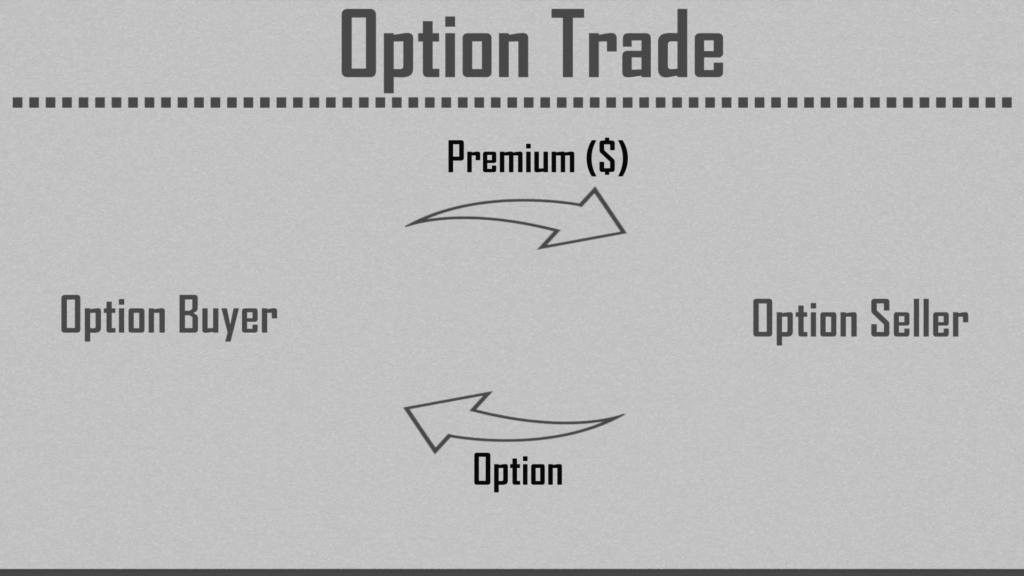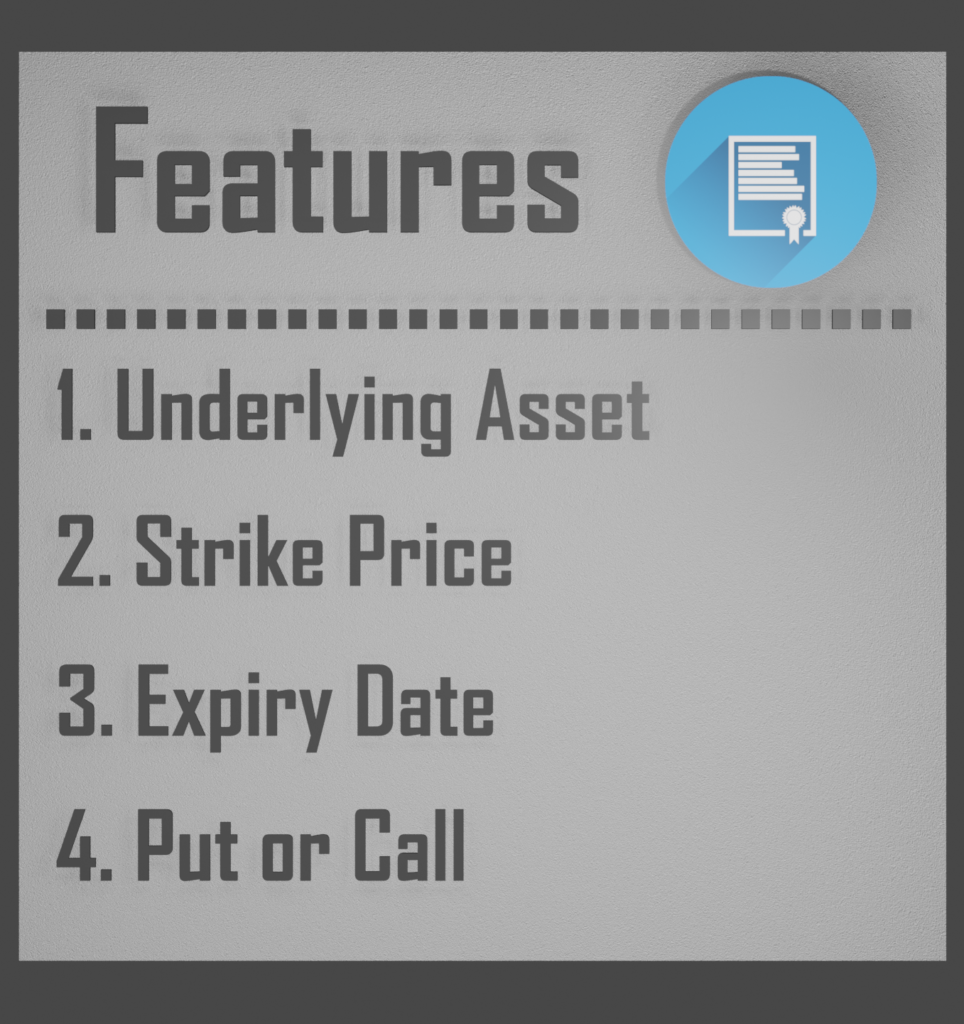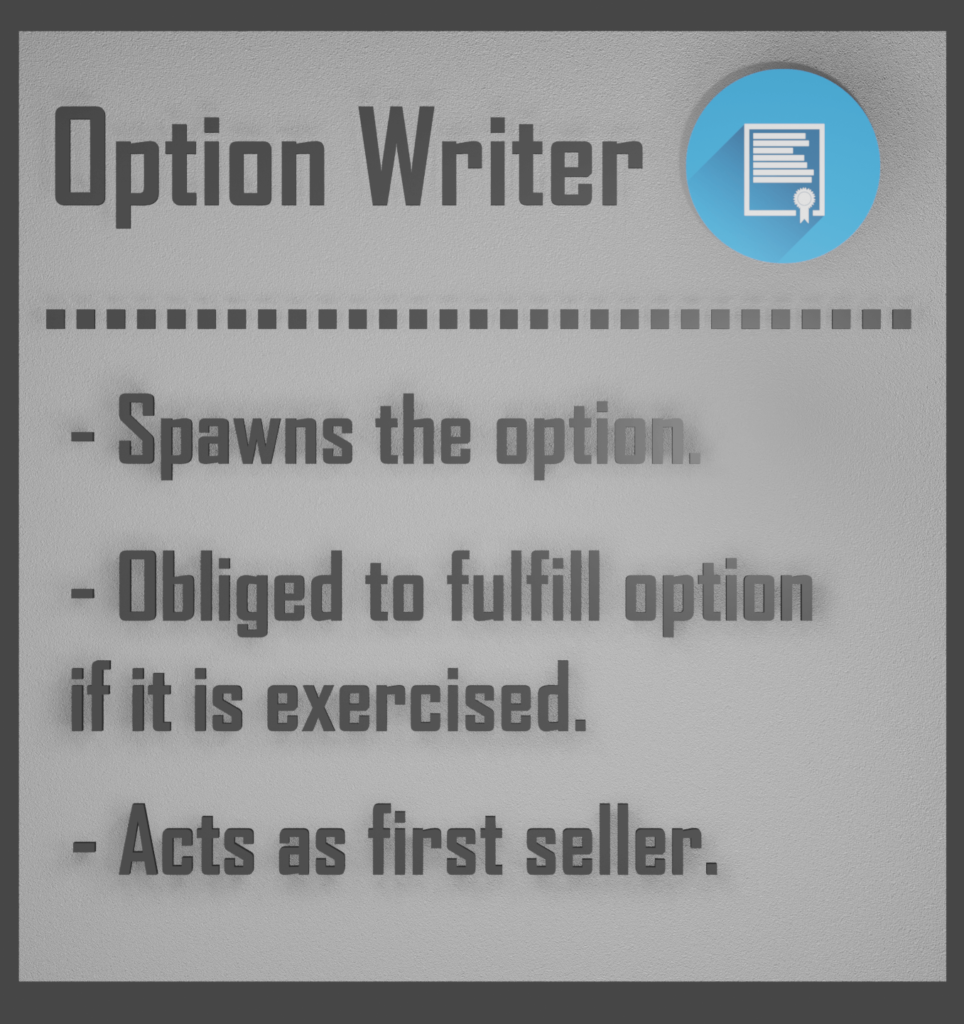Much like short selling, options are an integral part of modern investing. They enable many widely used techniques such as hedging, leveraging, and even more complex strategies. Let’s delve into the fundamentals of options. What is an option contract?
There are, in general, only two types of options contracts: the put option and the call option.
As you can see, options are very well named! They are literally an option to buy (call option) or sell (put option) a given asset at some time in the future. Much of this time, this asset is a stock, although it could really be anything.
Of course, in order to secure this option to buy/sell in the future, you have to pay something. The payment is called the premium, and is paid by the buyer to the seller.

Now that we’ve seen the basics of pretty much every options trade, it is time to go through how options differ. Of course, there are millions and billions of options floating around in the financial system right this minute. The reason why there are so many options is because options vary on certain important dimensions.
These are: The underlying security, the expiry date, the strike price, and of course whether they are a put or a call option.

The underlying asset, sometimes a stock, is the asset which the options contract refers to. This is the asset which the option to buy/sell is referring to.
The strike price is the price at which the option can be exercised (used). The strike price on a call option is the price at which the option holder can buy. The strike price on a put option is the price at which the option holder can sell.
The expiry date is the date at and before which the option can be exercised. (Disclaimer: somewhat different for European options.)
And of course we know what a put and call is!
Finally, where the heck do options come from? Well, just like this article was written into existence, so are options. Someone (the Options Writer) decides that they will collect the premium by writing an option and taking on the obligations attached to that option.

There you go, you are now part of the privileged few who truly understand options basics! Derivatives such as options are useful tools even for everyday investors.
Use this knowledge wisely, and keep your eyes open for more derivatives info coming down the pipeline soon!
Citations:
- The book “Derivatives Analysis” by R. Stafford Johnson was used to confirm some of the information in the above. Although much of this information is widely and well known, this book helped to deepen the authors knowledge of derivatives and allowed them to confidently bring you this information in such a clear and concise manner.





